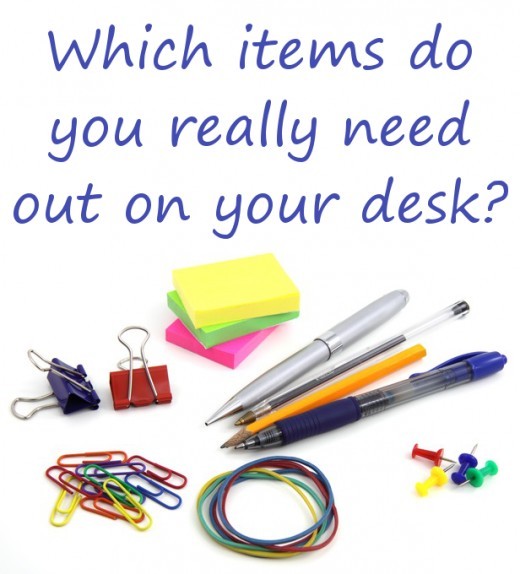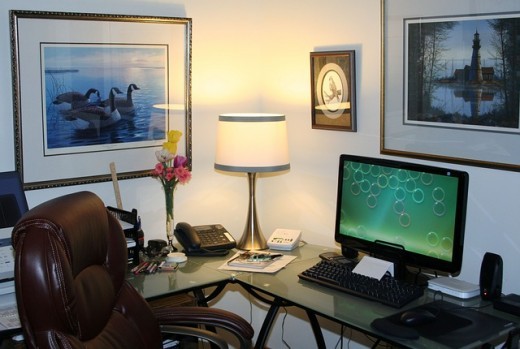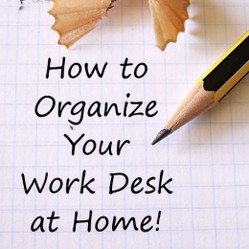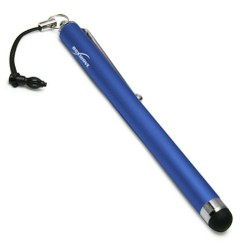I used to be guilty of this one. I was always shoving unwanted items into my drawer or using it to quickly make my space look tidy if someone was visiting. It ended up being a wasted area since I could never find anything useful in it. Now you can get special trays and drawer dividers to help you keep it tidy. I used my own plastic tubs to achieve just the same thing and to separate and divide different items while keeping the whole drawer tidy and easy to use.
5) Keep a waste-paper bin and/or shredder handy.
Another mistake of mine was thinking that I didn't need a waste paper bin in the office. That was why I used my desk drawer like one instead. Having a large bin or even a shredder will encourage you to dispose of unwanted papers and rubbish immediately instead of simply hanging on to them and creating a mess.
6) Use a coaster for hot beverages.
Even though my desk is positively ancient (I like to call it shabby chic) and I know that I can get away without using a coaster, I found that by treating the desk with a modicum of respect helped me to want to keep it clean and tidy. A coaster helps to avoid nasty ring stains and cuts down on the mess. I also like to keep tissues handy to quickly wipe the desk if I manage to spill my drinks.
7) Tidy up your surface at the end of each work session.
Why? Because starting the work day on a clean and clutter-free surface is a whole lot more appealing than desperately trying to free up a little space every time you want to sit down and get on with your job.
If your desk's already in a mess even before you start work, you may be put off from getting anything done. Or you might see it as an excuse to procrastinate if you waste time tidying up first every day. I hope you've enjoyed reading my wizzles page today, thanks for your visit. Just a few minutes of your time tidying your desk at the end of every work session will help you get off to a much better start when you're ready to get stuck in again.
Once you've cleared and organized your work surface you will save time trying to locate items lost under piles of clutter and will spend far more time on getting some actual work done.










 Magnetic Dress Up Doll Sets and Toyson 03/06/2016
Magnetic Dress Up Doll Sets and Toyson 03/06/2016
 Sweet Cupcake Kitchen Accessories and Giftson 03/06/2016
Sweet Cupcake Kitchen Accessories and Giftson 03/06/2016
 Really Cute Beds for Small Dogson 03/06/2016
Really Cute Beds for Small Dogson 03/06/2016
 Battery Powered Cars for Kids Age 3 – 5on 03/03/2016
Battery Powered Cars for Kids Age 3 – 5on 03/03/2016



Your Comments